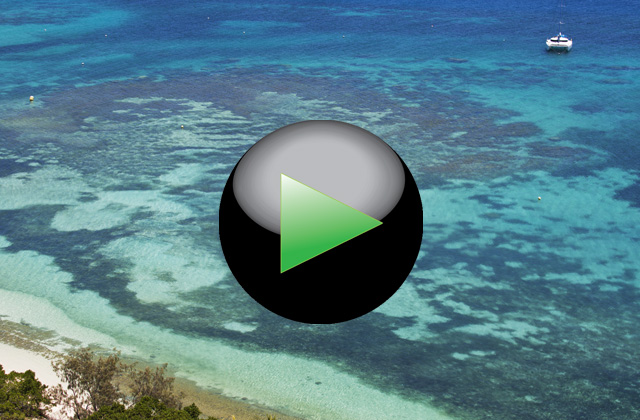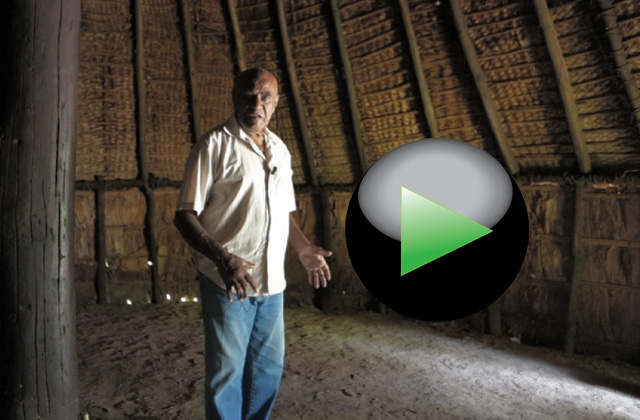World Travel Reportage
Photos and videos of travel, culture, nature, sports by professional reporters

World Travel Reportage
Grande Terre (New Caledonia)


















































VIDEO LINK
New Caledonia - Travel - Back to indexID: 18
Where is the New Caledonia
Article.
The journey to discovery the New Caledonia begins in Nouméa, the capital of the archipelago. Renting a car or a motor home to begin your journey along the west coast to visit the forest park in Farino, the beaches of Gouaro Bay and the nature reserve of the Domain de Deva. Continuing on, you visit the caves of Koumac to reach the extreme and wild north. Going down the east coast, the coast of the tribes Kanak, you will discover the cultures and traditions of the population that lives in the archipelago. The totems, the big tribal houses, the mountain villages such as Bas Coulna or coastal ones as Hienghène or Poindimié until you reach the red earths of the south to visit the Nature Reserve Rivière Bleue and the first colonial settlements in Prony. Approximately 1500 km of nature, culture and fun.
More informations:
To reach New Caledonia, departures from major airports in the world with Aircalin (Air Calédonie International) www.aircalin.com
Rivière Bleue, www.destinationgrandsud.nc
Park Des Grandes Fougères, www.lafoatourisme.nc
Rent a motor home, www.campingcar.nc
Tourism Office Noumea, www.office-tourisme.nc
www.visitenouvellecaledonie.com


